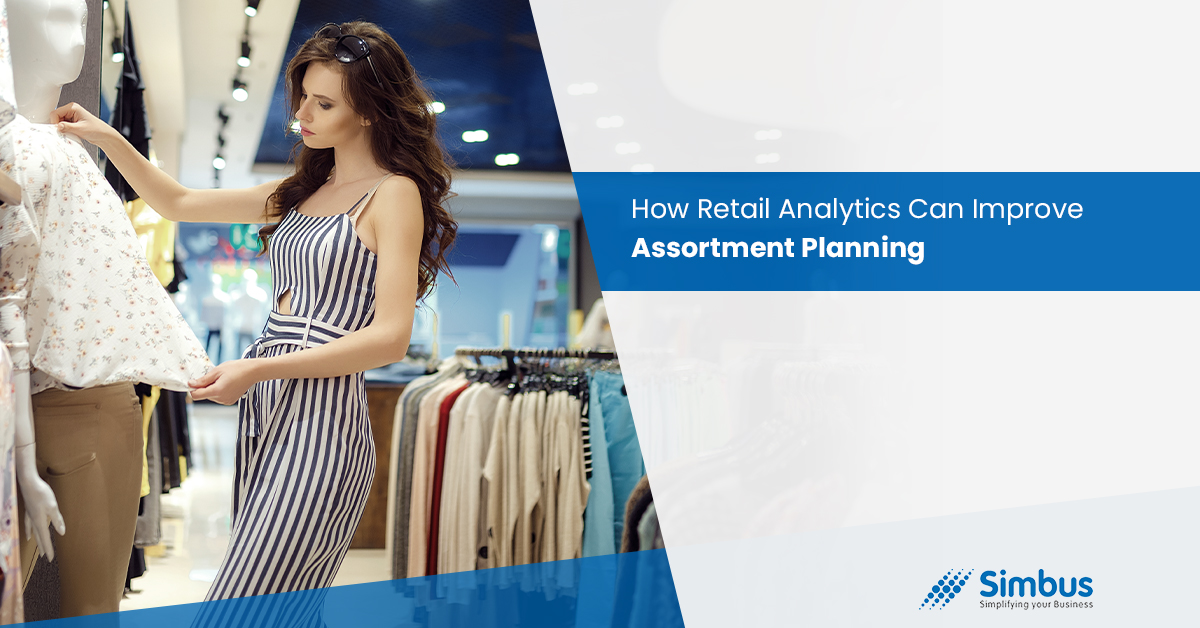In our last blog, we spoke about the primacy of merchandise planning for any retailer, and how focusing on improving this core function can help retailers stay ahead of the competition in the fast-moving fashion retail industry. Within merchandise planning, we focused the Option Planning or Assortment Planning (AP) process, arguably the most important of the various sub-processes that constitute merchandise planning. It is the process by which a retailer selects which products and how much of each product it will release in the market to maximize its profits.
With the rising competition in the market, “speed, with accuracy” is the name of the game. The rise of technology has seen the entry of e-commerce players in the market. This coupled with the fast-changing consumer tastes and preferences, is giving big names in the fashion and luxury retail segment a run for their money. The business environment today is such that anyone still using traditional merchandising plans, where certain categories and product sets are pushed into assortments based on “gut feel”, will never be able to keep up with the market while maintaining profitability. It is a necessity today for retailers to use tools such as big data and retail analytics to stay relevant, let alone grow.
Data is not a new concept for retailers. As the Boston Consulting Group (BCG) observed, “Stores have long relied on information from point of sale and other systems to optimize how products are merchandised, priced, and promoted.” What has changed is what can be achieved with this repository of data, and the retail industry has been slow to realize this potential of its resource. The existing systems of most retailers cannot extract the maximum benefit of their data. This makes their operation highly inefficient. Even though this is a widely accepted truth, there is a strong inertial force acting against moving towards the newer, more efficient technology. The traditional mindset of some retailers acts as a major hindrance in this path to digital transformation. Legacy technology still enjoys a wide presence and usage, but it limits greatly the scope of what can be achieved with data that is available to professionals. A large share of the time invested in the planning process of many retailers is still taken by collating data and creating reports, something that can be completely automated today.
McKinsey & Company reports that “a number of successful apparel wholesalers and
retailers have begun to crack the code on analytics – and they are now seeing
material benefits.” The consulting firm has seen analytics applications improving bottom-lines by 2 to 10 per cent, with larger investments achieving a greater than enfold return on investment. There are, therefore, clear and proven benefits associated with undergoing digital transformation. Only one question remains: where and how can we start?
Digital transformation can be a challenging exercise. Both BCG and McKinsey recommend that this exercise should be a part of a broader change strategy, and must be executed by a cross-functional team with personnel from all the affected departments. A comprehensive and effective strategy to achieve the desired results should also encompass all the steps of the AP process. As we have discussed before, the AP process starts with creating a budget and follows that up with deciding on the retailer’s assortment mix: The number of options that will be on offer, the prices at which they will be offered, and whether any options will be repeated from the previous season.
These improvements can be achieved with a single solution: Board International’s Retail Planning software. Here is a sneak peek into the capabilities of this powerful software:
1. Complete visibility: Board lets you create a central hub for all retail and economics data. Users can conduct in-depth analyses of data efficiently and effectively at any level, right from aggregated product ranges to SKUs.
2. Better strategies: The software links historical data with planning and forecasting in a single solution, enabling users to compare multiple scenarios, which gives them a chance to assess the impacts of new initiatives on overall value creation, eventually leading to better decision-making.
3. Time efficiency: With Board, users can automate time-consuming financial processes like collecting and consolidating data for reporting and analysis. The software also lets users integrate planning across various channels, categorized by brands, channels, and the phase of the collection over the year.
4. Improved accuracy: Board enables retailers to develop offers that work for their stores, their customers, and their commercials – together. This includes timely stock & DC replenishment.
With the power of retail analytics, brick-and-mortar stores today can give tough competition to their e-commerce counterparts using the one resource that distinguishes them from each other: physical space. Using software like Board will enable physical retailers to ensure that the consumer gets exactly what she wants, whenever she wants it, and at a reasonable price. Moreover, the time savings that this software will earn will be invaluable in coming up with newer innovation to
capture more and more of the market. Putting in these efforts, according to BCG, has the power to reshape every shelf and end cap – essentially, every inch of floor space – to maximize profitability for the retailer.
Board transforms the fashion retail planning process by bringing Business Intelligence, simulation and performance management together on a single platform. This, along with all the requisite tools to analyze performance and draw meaningful insights, makes Board the right choice for any retailer looking to improve the pace, accuracy and effectiveness of its planning process.
Having strong retail analytics software is already becoming a key competitive advantage in the retail industry. If you want to benefit off of this, contact a Board Retail Planning expert today wqa





